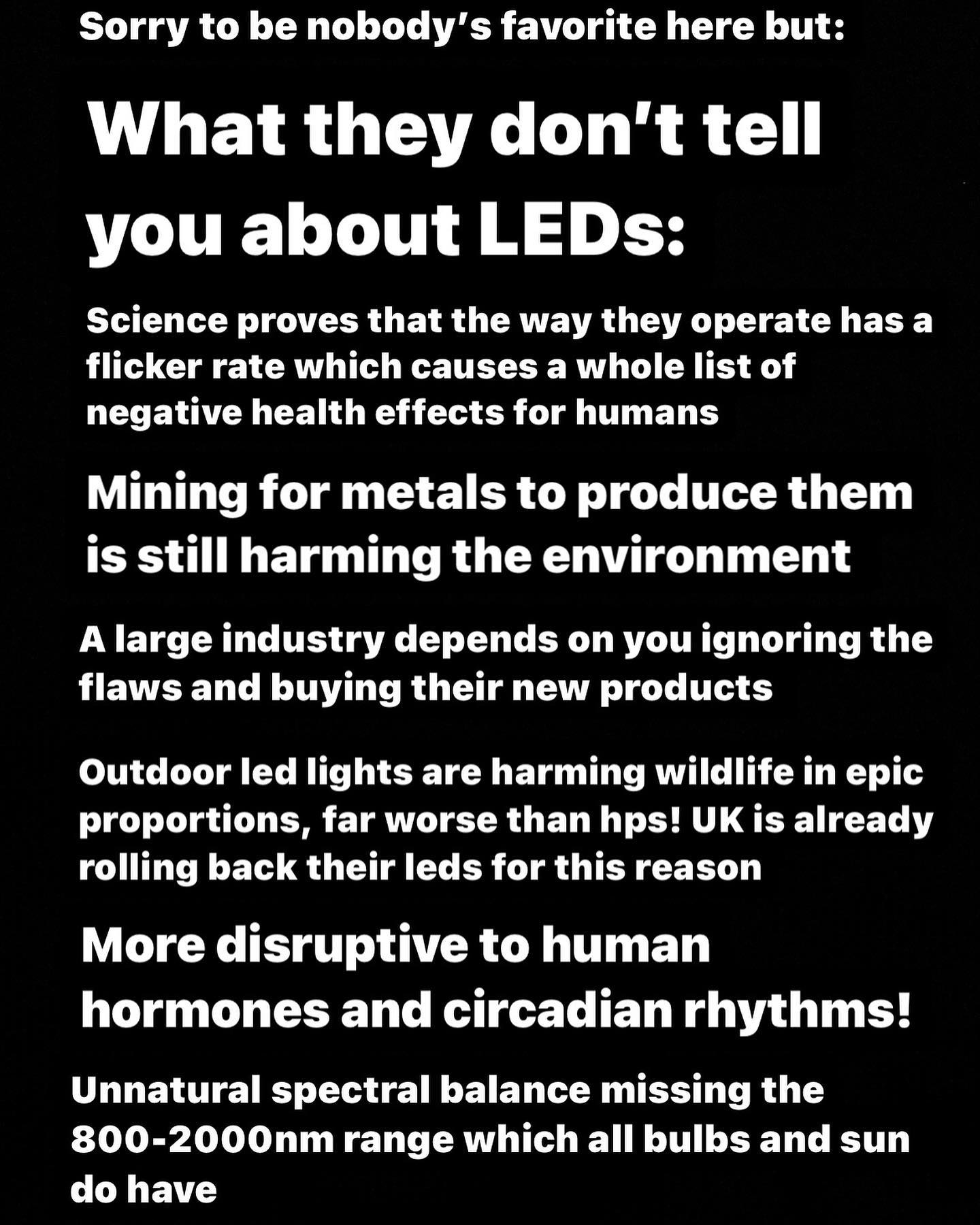@tstick what do you mean all colors? Theres a bunch of them, some you may need some, others not. To me it makes more sense to construct dimable channels based on them trying to achieve something specific in the plant, like controlling blue response or far red for stretch, phtochrome switching
Bfdd: Having problems of finding info on both those lights and what channels they do or why. Optic has red blue channels i think and the borg has a veg and flower white and some red and far red.
To me both lights seems lacking in one point or another as a spectrumt tweaking platform. No UV (i think?) or even anything below 450nm peak. Veg/flower/far red feels a bit lacking but im glad they at least put far red on a separate channel. But still on all these lights were looking at one channel one diode; do we really know that this one diode targets what we want.
Another trick with these fully made spectrum lights is that they tend to have one driver with dimers for each channel, but theres no way of controlling the on off from a timer unless you buy the fancy controller. With separate drivers and ac mains connection you can do this yourself with some separate timers or even a cheap esp32.
Im still die hard diy til the day that i die and i think these kind of things you have to build yourself but you can atleast make it easy for yourself by starting out right; make it easy to add your own monos, whatever they may be, let the end use figure out what they want instead of forcing down a solution down their throat. But at least make it easy.
This is my take on spectrum tweaking for the pcbs ill be making for our grow:
View attachment 5432749
White plus 3 different diodes for your base spectrum then build your own channels. Instead of expensive multilayer pcbs (this is the problem with getting spread of your channels right, you meed to be real spendy in fabrication) or adding 2 strips of uv between the base strips with effect of average to poor spread and being stuck with whatever your manufacturer wants to sell, just build what you want.
Just strap your own choice of diodes onto your strips, you can make as many (withing reason) as you like. These strips will take standard ledstar pcbs with the added value of if you have one broken diode you can replace it yourself. UV diodes will break before the rest of your lights normally which means that your light is not very future proof if you have your uv integrated into the pcb.
Yes, you have to solder them to power them but is that really such an effort? If youre prepared to spend 2 months to flower out a grow why not spend a minute or so per diode youd wanna use to solder them and get things right.
I accept that its daunting, it took me a lot of r
time to work up the courage to build with monos but it really isnt a big deal. By the end of the 50 diodes i put on the first light my solders were at least decent (though still not pretty like you see in provids) and i had acquired a new skill. It really isnt that hard and if you are afraid of wrecking your quality brand diodes just get a bunch from aliexpress to do training on. Theyre a $ or less.
You can even source 4up diodes custom, say you want a blue violet uv channel that imitates the blue end of the sun, getting lower and lower the further down the blue end of the spectrum you go. If youre patient and dedicated enough to grow crop after crop (thats 2 months per crop for some new smoke) for years and years, whats stopping you from literally spending a day on this to learn from zero to having a working system in a day, perfect to your own spec?
You may ask yourself but what diodes to get, which wavelength and brand? Brand depends on pockets, and which wavelength diode; well if you for any reason you get it wrong you can just try with new diodes, fully replaceable.
And if you really don't want to solder you can just get some with pushin connectors. It will raise the price a bit but its not going to break your pockets in comparison to 100$ supplementary strips which may or may not have what you want.
All im saying is theres options and with the price tag on some of these lights, hell if youre buying 4 of them you could just aswell get your own setup made to your own spec; the alibubbers are very keen to get your business nowdays, moq is not that big cause China manufacturing is not doing as well as they were a few years ago...

